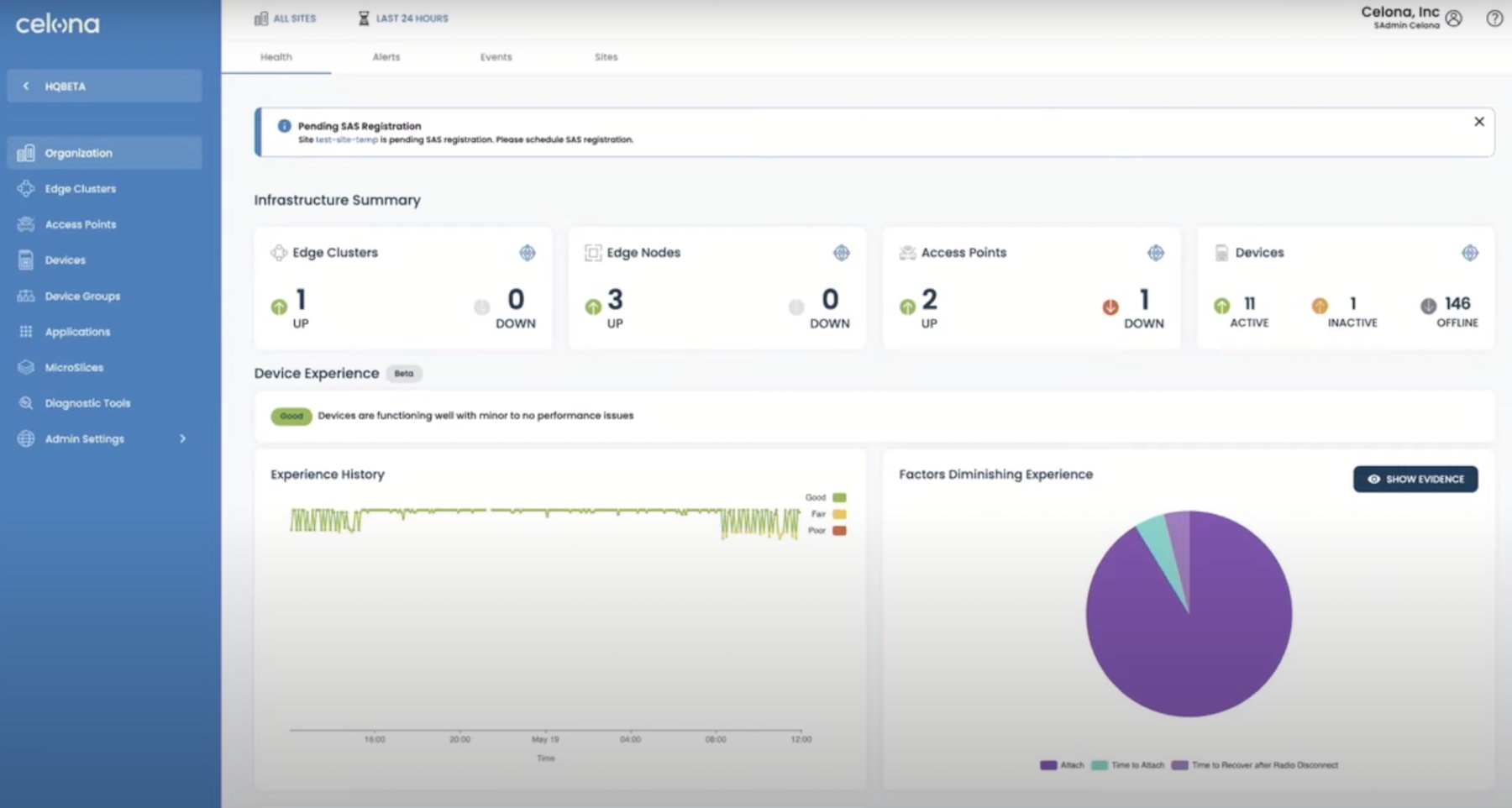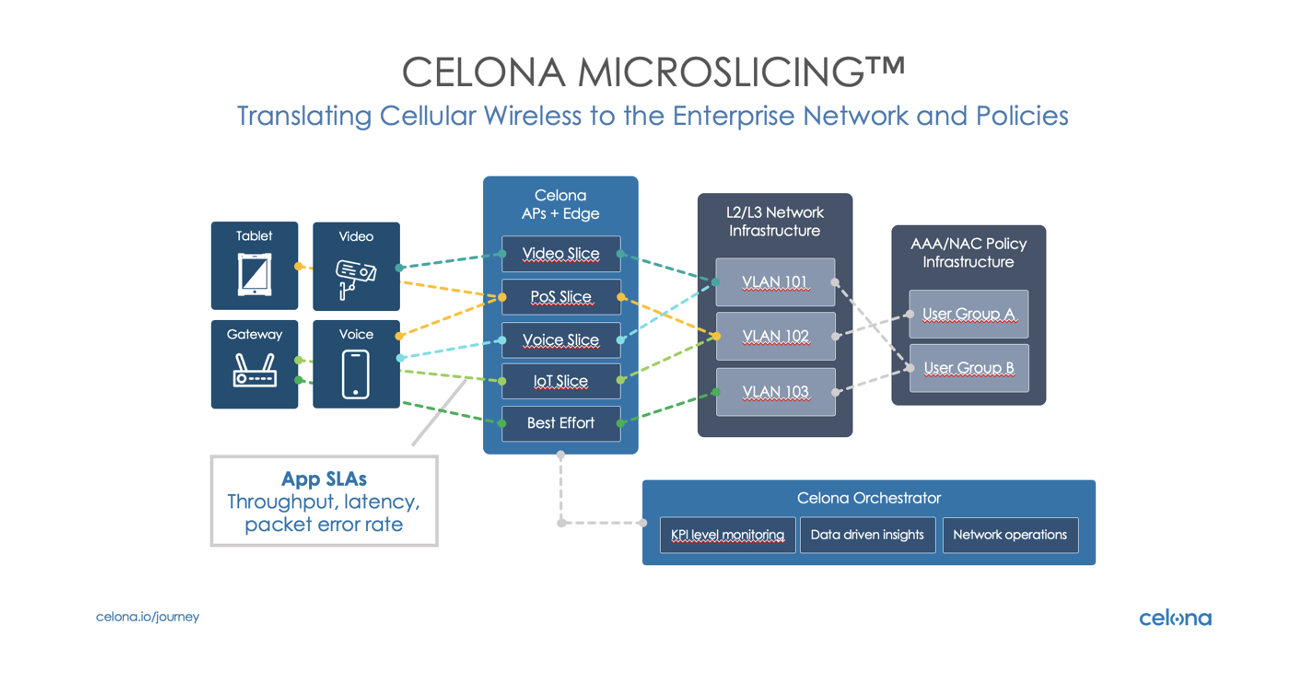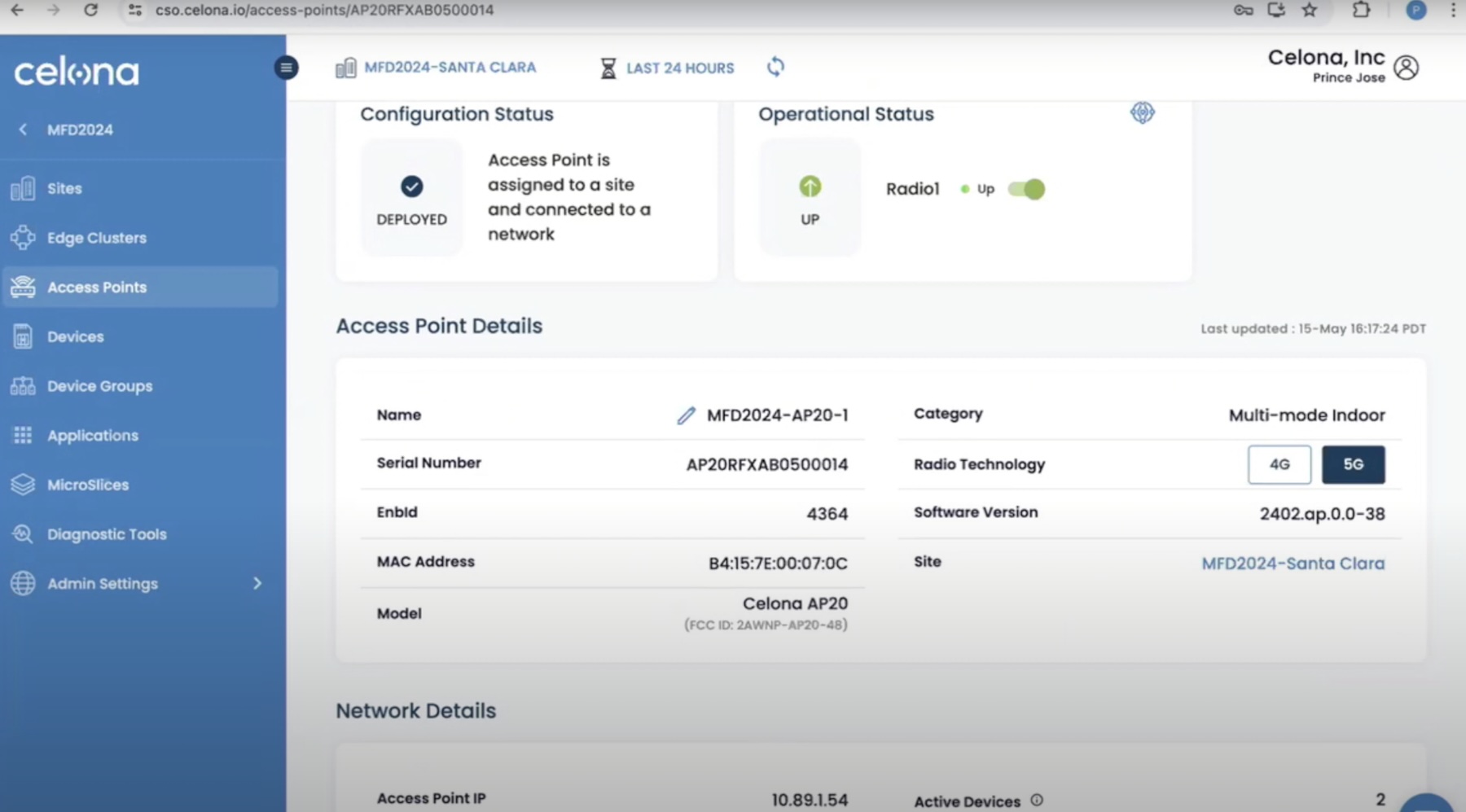For years, Mobile Network Operators (MNOs) have struggled with providing good indoor coverage. MNOs deploy their base stations in public areas, including rooftops and streetlights. The signals from these outside base stations cannot penetrate sufficiently indoors to provide a consistent and quality connection.
What is interesting is that indoor coverage problem is getting progressively worse. There are two primary reasons for this. First is the exponential growth in mobile data traffic, where over 80% of this traffic occurs indoors.* Second, new spectrum allocations are higher in the frequency band, and the higher the transmit frequency, the greater the attenuation and the weaker the received signal.
Distributed Antennas Systems (DAS) Provides a Partial Solution
Early solutions to the indoor coverage problems consisted of increasing the number of sectors and using directional antennas. This was followed by RF repeaters that boost signals to extend indoor coverage. RF repeaters were the first evolutionary step toward Distributed Antennas Systems (DAS). DAS is a system of antennas that provide coverage throughout a building. These antennas connect to a base station or repeater located in the building. That base station or repeater then connects to the MNO core network. In essence, the building appears like a cell site on the MNO’s network.
In a private enterprise, such as a hospital or warehouse, a DAS deployment typically only needs to support a single MNO. However, in public venues, such as sports stadiums, DAS deployments need to be able to support multiple MNOs. Large deployments use fiber to carry the signals as fiber support higher transmission rates and capacity than coax. These factors make DAS deployments complex and costly from a design and cabling perspective. DAS systems usually are only cost-effective in large, highly congested public buildings or venues. Another solution is needed.
The Market Shift to Small Cells
In parallel, we have seen the introduction of femtocells that businesses or individuals could deploy by simply connecting them to the Internet. The femtocell remained under the control of the MNO, providing the possibility of seamless handover between outdoor cells and the femtocell. However, the arbitrary nature of femtocell deployments within the enterprise has led to coverage holes, and femtocells did not scale to provide a solution for large indoor locations.
It is widely recognized that small cells are essential to meet the high-capacity requirement of mobile users in indoor environments. Indeed, the primary focus of 5G, the next generation of mobile networks, is small cells.
The challenge every MNO faces today is the need to roll small cells indoors to meet the growing mobile traffic demands and do it cost-effectively. One possible solution is that the MNO share the network infrastructure. Sharing infrastructure allows MNOs to significantly reduce their capital expenditure (CapEx) and ongoing operating expenses (OpEx).
The Emergence of Neutral Hosts
A Neutral Host Network (NHN) is where multiple MNOs share a network that a third party has deployed. The neutral host effectively rents out access to their network to interested parties.
An example use case is where a neutral host provider secures a contract to deploy a 5G network in a shopping mall. The neutral host offers reliable and secure 5G connectivity for all point-of-sale (PoS) terminals to shop owners. While also offering MNOs the ability to use the 5G network infrastructure for their subscribers. As demand grows, the neutral host can expand its network by adding more cells and advanced features similar to how MNOs expand their networks today.
Neutral Hosts Explore Spectrum Sharing
Historically, a neutral host had two options for deploying a wireless network: Deploy a Wi-Fi network in the unlicensed band with no performance guarantee, or deploy a cellular network after forming agreements with the MNO to access the MNOs licensed spectrum.
The availability of the shared frequency bands, such as the CBRS band in the United States, means that neutral hosts have access to spectrum and are no longer dependent on the MNO. Access to zero or low-cost spectrum changes the cost-benefit analysis for neutral hosts, making the rollout of 5G LAN Neutral Host Networks more affordable.
Today, Celona is conducting 5G LAN trials with several neutral hosts and expects these networks to be commercial in 2023. Mehmet Yavuz, CTO and Co-Founder at Celona, stressed that the Celona 5G LAN “is a very scalable solution where even small locations and branch offices can be enabled with this neutral host service.”

Shared Spectrum Offers a New Solution
Today most organizations have recognized that Wi-Fi networks are essential in handling indoor traffic. However, organizations often cannot guarantee performance on Wi-Fi networks despite the efforts to define and deploy carrier-grade Wi-Fi through the Wi-Fi Alliance Vantage program and services like Wi-Fi calling. This is especially true in public places like hotels, stadiums, retail locations, and campuses.
If you are an organization looking to improve access to cellular services, whether you are an enterprise or an MNO, then Neutral Host Networks deployed 5G in shared spectrum is a new and exciting option to be considered. For more information on Celona 5G LAN, you can view their Tech Field Day Showcase by Gestalt IT.
* Source: https://www.gsma.com/futurenetworks/digest/from-das-to-next-generation-indoor-systems-the-vital-shift-for-5g-readiness/





Great article! I’ve been using repeaters and directional antennas, this give me some new options and thoughts as I plan new deployments. Thank you!